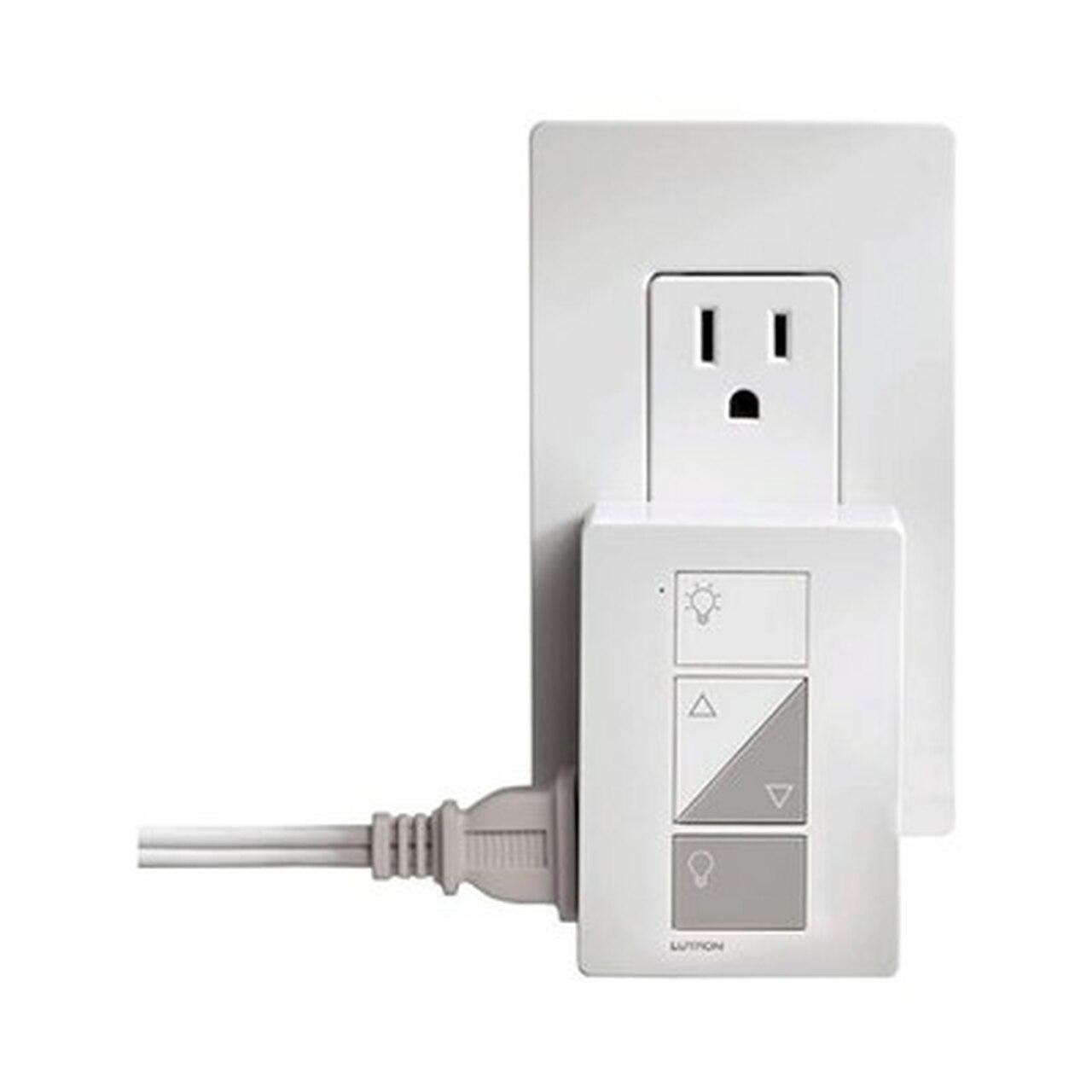Answering the question posed by the title of this article is not particularly easy, but not because the concept is dense. Wireless lighting controls occupy more than one echelon of technology and more than one thing might be meant by the term. In short, wireless lighting and controls are devices that enable remote or wireless control of light, although there is more than one type of them.
So, a wireless lighting control allows for a basic level of removal from the device. Some of these are automatic. For example, some types of wireless controls for lighting take the form of photocell sensors. These are the types of sensors that turn lights on and off based on the ambient lighting. For example, many streetlights are equipped with photocell sensors; this is how they “know” when to turn on when it gets too dark out, such as during a severe storm or at night.
These, however, cannot be manipulated precisely. They only serve to keep the light on when it’s dark and shut it off during broad daylight. Other wireless controls can be used via WiFi or other wireless networks to automatically or remotely control a lighting system. Certainly, nodes can participate with apps like the LIGHTIFY app that enables users to remotely control the lighting in a setting. Then, of course, there are less intricate wireless controls that are not powered via an app or via WiFi but use a remote control to adjust the lights or the brightness levels.
Wireless lighting solutions that use WiFi will require a fairly extensive system of luminaire controllers, sensors, and manual switches, the implementation of which is a bit much for the space afforded by the scope of this article. However, despite their apparent complexity, there are also some good reasons to invest in them, if the circumstances make sense or will allow for it.
For one thing, a wireless lighting system that can be controlled remotely, especially truly remotely via an app, can save you (or a business) a lot of money. Some businesses keep their lights on all or most of the time. Being able to shut them off when needed, from afar, has the potential to save tons of money. It can also be helpful on a smaller scale as well, such as for a family planning for remote lighting management for a vacation.
Wireless lighting solutions are valuable for some situations where there is limited space for wiring. Wired controls take up space, involve a fair amount of labor to install, and can quickly become expensive. Let’s not forget that the wire itself is fairly expensive and that installation is even more so.
Wireless lighting infrastructure also allows for the system to expand and scale with much less effort when there is less wiring involved. Lights can be simply installed and connected to a power source and then controlled and managed remotely. That significantly cuts back on the number of resources and labor that need to be spent.
If you want to learn more about the value of wireless lighting controls, what they are, what types exist, and how they can be implemented, visit Atlanta Light Bulbs at AtlantaLightBulbs.com. There you can read up for yourself or you can contact their customer service team for more information.
Whether you have questions on the cost savings you can realize with LEDs or want to know just how you can go about upgrading to wireless infrastructure, they’re your best asset. Visit their website today via the link above or call them at 888-988-2852 to learn more today.



